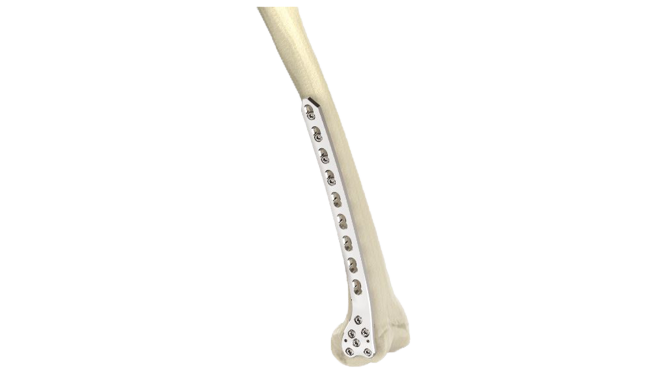Cannulated Cancellous Screw - 6.5 mm
Product Overview
Introducing our high-quality Cannulated Cancellous Screw 6.5 mm, designed to provide optimal performance and stability in orthopedic procedures. Crafted with precision, our Cannulated Cancellous Screw is engineered to meet the demanding requirements of bone fixation. Its 6.5 mm diameter ensures excellent structural integrity and strength, making it suitable for a wide range of applications. The cannulated design of the screw offers a range of benefits. It allows for simplified insertion and precise placement, minimizing trauma to the surrounding tissues. The hollow core facilitates effortless guidance using guide wires, ensuring accurate alignment during surgical procedures.
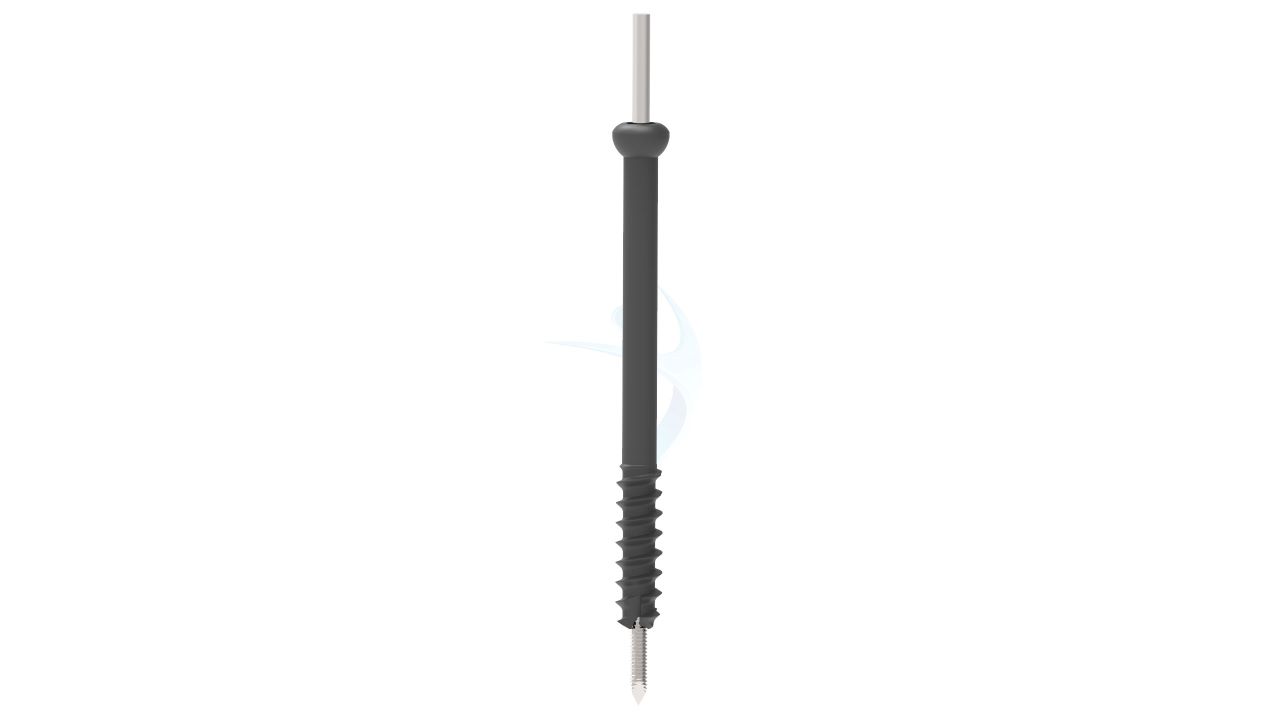


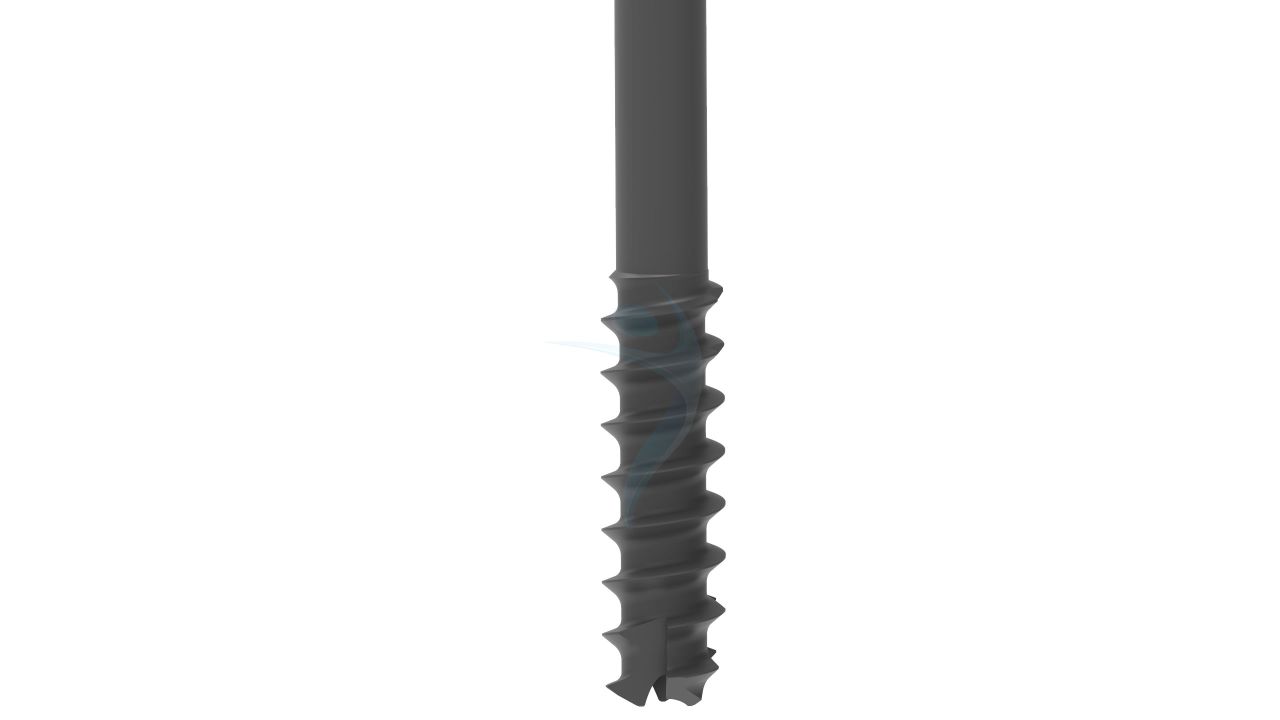
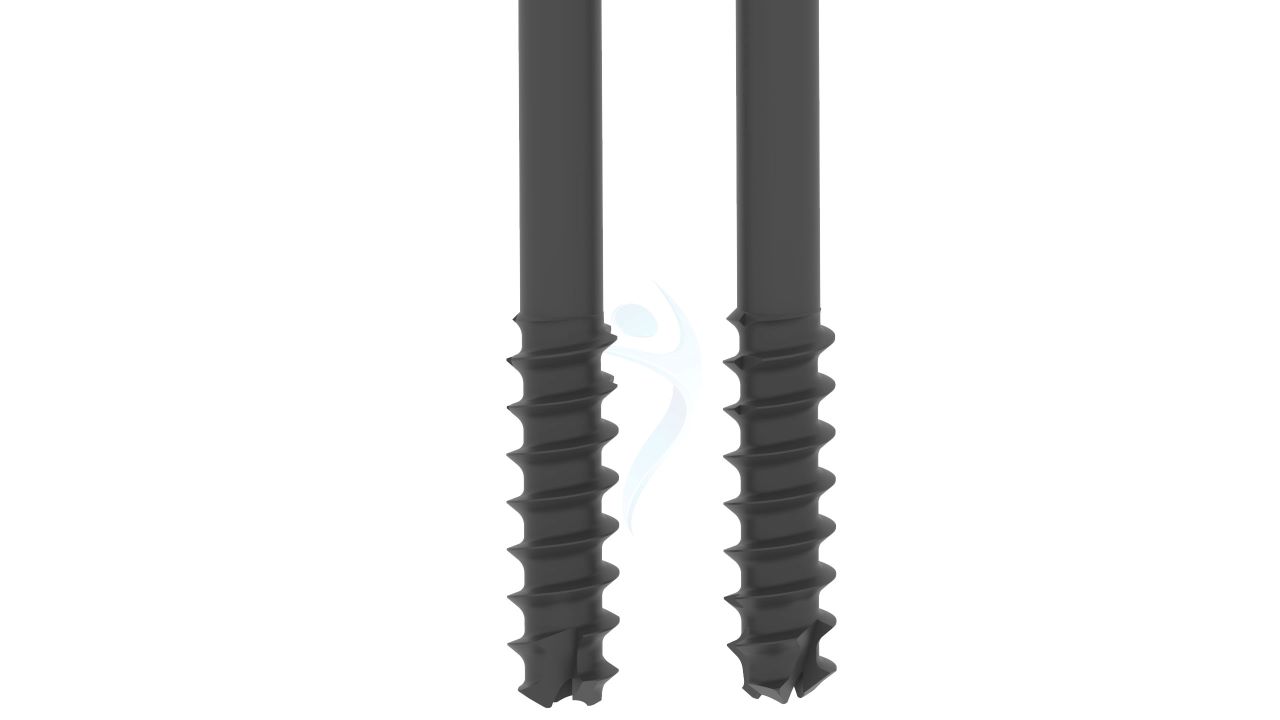
Product Uses
- Fracture Fixation : The 6.5 mm cannulated cancellous screw is often used for fracture fixation in cancellous bone, which is softer and less dense than cortical bone.
- Screw Fixation in Osteoporotic Bone : Osteoporotic bone, characterized by reduced bone density and strength, may require special fixation techniques. The 6.5 mm cannulated cancellous screw can be utilized for screw fixation in osteoporotic bone to enhance stability and prevent implant pullout.
- Bone Graft Fixation : When performing bone grafting procedures, where bone material is transferred from one site to another, the 6.5 mm cannulated cancellous screw can be used to secure the bone graft in place and promote proper healing and integration.
- Fixation in Nonunion : Nonunion refers to a condition where a fracture fails to heal properly. In cases of nonunion, the 6.5 mm cannulated cancellous screw can be utilized as part of a revision surgery to stabilize the fracture site and promote bone healing.
Product Specification
- Diameter : The 6.5 mm cannulated cancellous screw has a diameter of 6.5 mm. This diameter is designed to match the specific requirements of cancellous bone fixation.
- Cannulated Design : The screw has a cannulated design, meaning it has a hollow center. The cannulated design allows for the insertion of a guide wire and facilitates accurate placement during surgery.
- Thread Pattern : The screw features a specific thread pattern designed for cancellous bone fixation. The threads are typically coarse and widely spaced, providing excellent purchase and pull-out resistance in the softer cancellous bone.
- Self-Tapping : The 6.5 mm cannulated cancellous screw is often self-tapping, meaning it has cutting flutes along the threads. This design allows for easier insertion into the bone without the need for pre-drilling.
Cannulated Cancellous Screw -6.5 mm sizes
Comprehensive Guide for Cannulated Cancellous Screw - 6.5 mm
- Surgical Procedure:The surgeon will explain the specific surgical procedure that will involve the use of the Cannulated Cancellous Screw 6.5 mm. They will provide details regarding the purpose of the procedure, the expected outcomes, and any potential risks or complications.
- Pre-operative Preparations:The patient will receive instructions on pre-operative preparations, such as fasting requirements before surgery, restrictions on medication or supplements, and any necessary diagnostic tests or imaging scans.
- Surgical Risks and Benefits:The surgeon will discuss the potential risks and benefits associated with the use of the Cannulated Cancellous Screw 6.5 mm. This may include risks of infection, bleeding, nerve damage, or hardware-related complications, as well as the anticipated benefits of improved bone fixation and stability.
- Anesthesia Options:The patient will be informed about the type of anesthesia that will be administered during the surgery. This may range from local anesthesia to general anesthesia, and the associated risks and recovery considerations will be explained.
- Post-operative Care:Pre-operative information will also cover post-operative care instructions. This may include guidelines on wound care, pain management, weight-bearing restrictions, and rehabilitation exercises. The patient will receive information on the expected recovery timeline and any follow-up appointments that may be necessary.
- Patient Positioning:The patient is positioned appropriately based on the specific surgical site and access needed for the procedure. This may involve lying on their back, side, or stomach, depending on the location of the bone requiring fixation.
- Incision and Exposure:A small incision is made at the surgical site to access the bone. The surrounding soft tissues are carefully dissected to provide clear visibility and access to the target area. This allows the surgeon to visualize the bone fragments that require fixation.
- Pre-Drilling:The surgeon uses specialized drills to create a pilot hole in the bone. The diameter of the pilot hole is determined by the size of the Cannulated Cancellous Screw being used. The pilot hole is carefully drilled to the appropriate depth, ensuring proper engagement and stability of the screw.
- Screw Insertion:The Cannulated Cancellous Screw is inserted into the pilot hole. The screw is guided through the cannulated channel, often with the assistance of a guide wire. The surgeon carefully advances the screw into the bone until it is properly seated, achieving the desired compression or fixation.
- Closure and Recovery: Once the screw is securely in place, the incision is closed with sutures or staples. The wound is typically covered with a sterile dressing. The patient may be placed in a cast or provided with appropriate post-operative immobilization, depending on the specific surgical case. The patient is then taken to the recovery area to begin their post-operative care and monitoring.
- Wound Care: The patient will receive detailed instructions on how to care for the surgical incision site. This may include guidelines on keeping the wound clean, changing dressings, and watching for any signs of infection, such as increased redness, swelling, or drainage.
- Pain Management: The surgeon will prescribe appropriate pain medication to manage post-operative discomfort. The patient will be informed about the proper dosage, frequency, and any potential side effects of the medication. They should follow the prescribed pain management plan and notify their healthcare provider if the pain becomes unmanageable or if they experience any adverse effects.
- Weight-Bearing and Activity Restrictions:The patient will be given specific instructions on weight-bearing restrictions and limitations on physical activities. These guidelines may vary depending on the surgical procedure and individual patient factors. Following these restrictions is crucial for optimal healing and to prevent complications or damage to the surgical site.
- Follow-up Appointments: The patient will be informed about the schedule of follow-up appointments with their healthcare provider. These appointments are essential for monitoring the healing process, removing stitches or sutures if necessary, and assessing overall progress. The patient should adhere to these appointments and promptly report any concerns or complications.
- Rehabilitation and Physical Therapy:In some cases, post-operative rehabilitation or physical therapy may be recommended to promote optimal recovery and restore joint or limb functionality. The patient will be provided with guidance on the appropriate exercises, frequency, and duration. It is important to follow these recommendations and communicate any difficulties or concerns during the rehabilitation process.


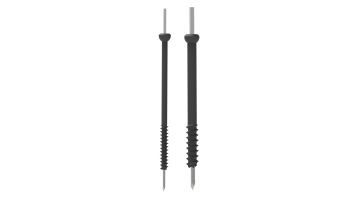



.png)

